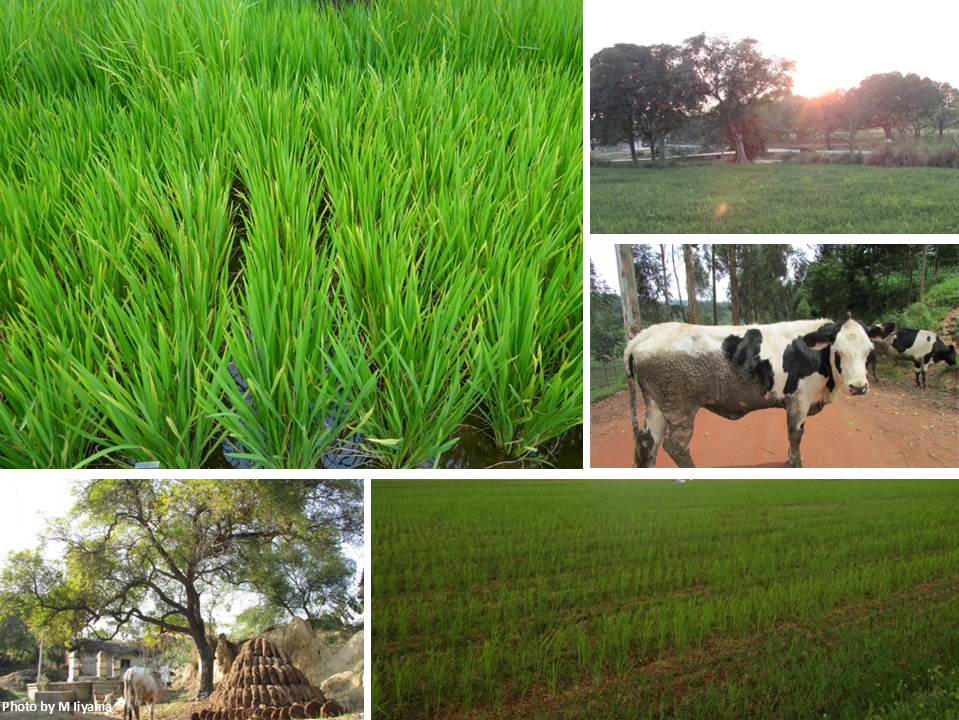Pick Up
1369. The Current State of Climate Action

1369. The Current State of Climate Action
According to the latest "State of Climate Action 2025" report, compiled by the World Resources Institute (WRI) and others, global efforts to reduce greenhouse gas (GHG) emissions and enhance carbon removal are not being implemented at the pace and scale necessary to achieve the temperature targets of the Paris Agreement. Below are 10 key points from the "State of Climate Action" report.
1) Private sector climate finance has increased dramatically, and global efforts to mobilize these funds have improved from "far off track" to "slightly off track" relative to the targets.
2) Relatively new innovations such as green hydrogen, technological carbon removal, and electric trucks have also made remarkable progress in 2023 and 2024, although they have not yet become mainstream.
3) While electric vehicle (EV) sales continue to increase, a slowdown in some major markets has caused progress to regress from "on track" to "off track."
4) The share of electricity generated from solar and wind power combined has grown at an average annual rate of approximately 13% since 2020, but this is insufficient to meet the 2030 targets and needs to grow at more than twice the current rate.
5) The world has made little progress on some of the most critical climate actions, such as phasing out coal-fired power plants and halting deforestation. To achieve the 2030 targets, the rate of permanent forest loss needs to be reduced nine times faster.
6) Public funding for fossil fuels continues to increase, despite global commitments to phase out subsidies.
7) Progress in decarbonizing high-emission steel and cement production remains uneven.
8) Promising solutions to address some of the world's most potent GHG emissions are emerging in the agricultural sector, but efforts to deploy them at scale are still insufficient.
9) Shifts in demand in areas such as diets, transportation networks, and buildings could lead to significant emissions reductions, but these changes have not yet been widely adopted.
10) Data gaps still exist in some areas, making it impossible to fully assess global climate action.
In particular, I will elaborate further on the report's findings regarding the agricultural sector (point 8).
Agricultural production accounts for approximately half of global methane and nitrous oxide emissions, and these gases have a much higher warming effect than CO2, especially in the short term. Major sources include enteric fermentation (the process by which some livestock release methane during digestion), the application of both organic and chemical fertilizers such as manure and compost, rice cultivation, and manure management.
While these absolute emissions have increased slowly but steadily since 2000, in recent years, the emissions intensity in agriculture (GHG emissions per kilocalorie of food produced) has been trending downwards for all major emission sources. To achieve the 2030 targets, improvements need to accelerate at a pace of 1.2 times for fertilizer use, 2.5 times for enteric fermentation in livestock, and 6 times each for manure management and rice cultivation.
However, accelerating this progress is not easy. Unlike the power sector, where solutions like solar and wind power can be implemented almost anywhere, there is no single decisive solution for reducing emissions in the agricultural sector. Rather, it is necessary to adjust technologies and methods to suit each situation, taking into account various factors such as regional climate, soil conditions, crop varieties, types of livestock, and agricultural practices.
Although several promising strategies exist, none have yet been implemented on a large scale. For example, the established method of alternate wetting and flooding and drying rice paddies has significantly reduced methane emissions from rice cultivation in some Asian countries. Similarly, introducing easily digestible feed has reduced emissions from enteric fermentation in livestock in many parts of Europe and North America. Further collaborative efforts and financial support are urgently needed to implement these strategies in the regions that need them most and to adapt them to local conditions.
The report states that while we are on the brink, there is still time to course-correct, and calls for unprecedented transformation in all sectors to make achieving the Paris Agreement goals possible.
(Reference)
Schumer, C., S. et al. 2025. State of Climate Action 2025. Berlin, Germany, San Francisco, CA, and Washington, DC: Bezos Earth Fund, Climate Analytics, ClimateWorks Foundation, the Climate High-Level Champions, and World Resources Institute. https://doi.org/10.46830/wrirpt.25.00006, https://www.wri.org/insights/climate-action-progress-1-5-degrees-c-2025
Contributor: IIYAMA Miyuki, Information Program
